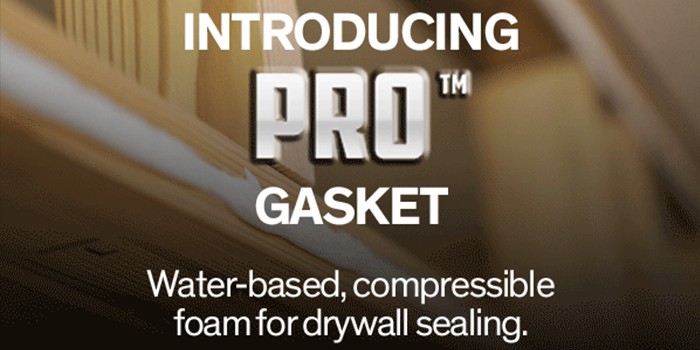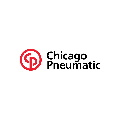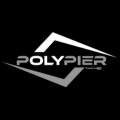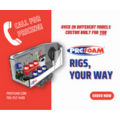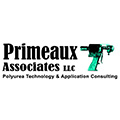Spray Foam Rig Fire Safety


Spray foam rigs have inherent fire risks from onboard combustible or flammable chemicals and materials. Ensuring proper fire safety prevents accidents that could cause serious injury, damage to equipment and customer property or even fatalities. This article discusses the key aspects of rig fire safety, including risk identification, preventive measures, emergency response, and best practices.
UNDERSTANDING THE FIRERISKS
Here are some of the primary risks associated with spray foam rigs:
Flammable Chemicals: The chemicals used to make spray foam insulation are combustible and hard to ignite. However, generator fuels, gun cleaning fluids and other solvents are highly flammable1, and when exposed to open flames, electrical sparks, or static discharge, these chemicals can ignite and cause fires.
Overheated Equipment: Pumps, proportioners, and heated hoses can overheat if not maintained properly. Overheated equipment can readily ignite combustible materials.
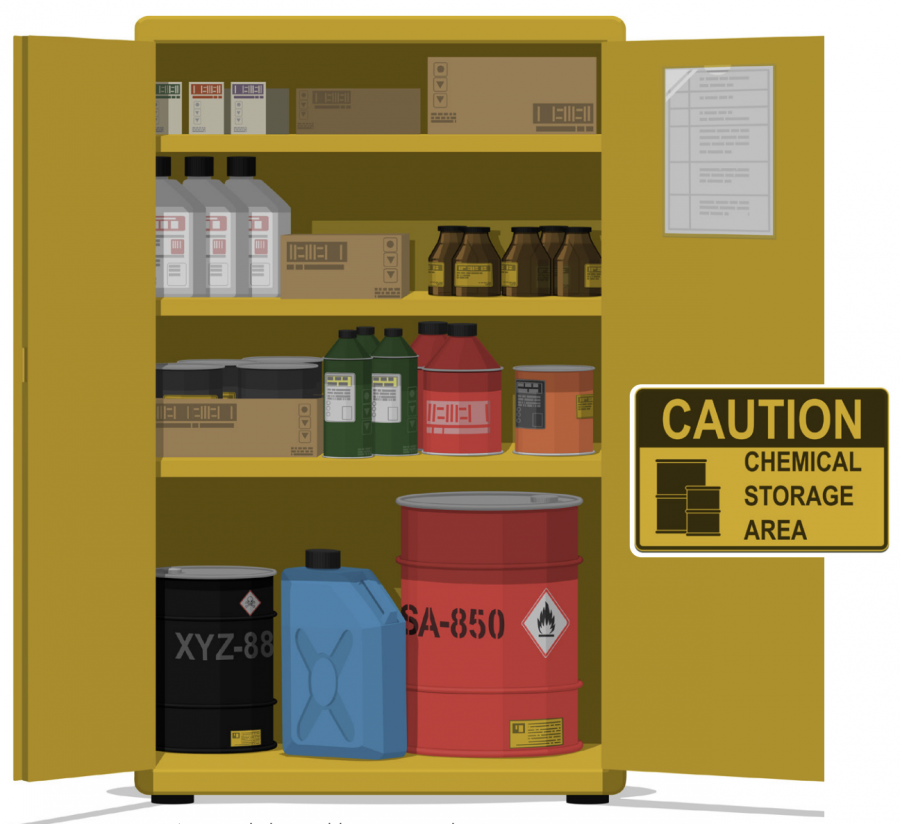
Approved Flammable Storage Cabinet
Electrical Malfunctions: Faulty wiring and motors, overloaded circuits, damaged electrical components and sources of static electricity can easily cause sparks and fires.
PREVENTIVE MEASURES
To mitigate the risk of fire on spray foam rigs, implement a comprehensive fire safety program. Key preventive measures include:
Proper Storage and Handling of Chemicals and Materials: Ensure that all flammable chemicals are stored in approved containers inside a designated flammables cabinet. Use flammable chemicals in well-ventilated areas away from potential ignition sources. Be sure to tighten lids on flammable containers and immediately dispose of all cleaning rags outside of the rig. Proper labeling and storage procedures should be strictly followed. Avoid storage of unnecessary combustible materials on the rig, including foam scraps, paper and cardboard boxes.

IR Cameras for Scanning Equipment
Regular Equipment Maintenance: All spray foam rig equipment should be regularly inspected and maintained. This includes checking signs of wear and tear, overheating (use IR camera to inspect), and electrical malfunctions. Regular maintenance helps prevent equipment failure that could lead to fires.
Ventilation: Ensure that the rig is equipped with adequate ventilation systems to disperse fumes from chemicals, reducing the risk of a flammable atmosphere developing inside the rig while also maintaining safe indoor air quality.
Fire Extinguishers and Suppression Systems: Spray foam rigs should be equipped with Class ABC fire extinguishers in easily accessible locations. Consider installing an automatic ABC dry-powder fire suppression systems, which can help contain and extinguish fires quickly, especially in unattended rigs2.
Training and Education: All personnel working with spray foam rigs should receive comprehensive training on fire safety procedures, including the proper use of fire extinguishers, emergency shutdown protocols, and evacuation plans. Regular safety drills should be conducted to ensure all crew members know how to respond incase of a fire.
EMERGENCY RESPONSE PLANNING
Even with the best preventive measures in place, it is crucial to have a well-defined emergency response plan to deal with fires if they occur. An effective emergency response plan should include:
Clear Evacuation Routes: Keep an unobstructed path from the point of use to the exit and easily accessible to provide quick egress from the rig in an emergency.
Emergency Shut-Off Procedures: Establish procedures for shutting off all equipment in the event of a fire. This helps prevent the fire from spreading and reduces the risk of explosions.
Communication Protocols: Implement a system that allows for quick and effective communication among all team members during an emergency. All personnel should know how to contact emergency services and relay critical information. SDS documents should be ready and available to share with emergency responders.
Post-Incident Review: After any fire incident, conduct a thorough review to determine the cause of the fire, evaluate the effectiveness of the emergency response, and identify areas for improvement. Use these findings to update safety protocols and training programs.
BEST PRACTICES
Regular Safety Audits: Perform audits of spray foam rigs to ensure compliance with fire safety standards and regulations. Take immediate corrective actions.
Safety Signage: Display instructions for handling flammable materials and fire extinguisher locations. This helps reinforce safety protocols and provides quick references in an emergency.
Personal Protective Equipment (PPE): Ensure all crew members are equipped with appropriate PPE which can provide an extra layer of protection in case of a fire.
While Spraying: To prevent the spread of fires, avoid positioning your rig inside or immediately adjacent to any building or near other combustible materials.
CONCLUSIONS
Fire safety on spray foam rigs is of paramount importance due to the inherent risks associated with handling flammable chemicals and operating high-pressure equipment. By understanding these risks, implementing comprehensive preventive measures, and preparing for emergencies, spray foam contractors can create a safer working environment for their crews and protect valuable equipment. Regular training, maintenance, and adherence to safety protocols are key to minimizing the risk of fire and ensuring that spray foam operations are conducted safely and efficiently.
For any questions related to this article, contact Rick Duncan at rickduncan@envelogic.com
1 SPFA TechTip G1 – Gun Cleaners
2 SPFA TechTip G11- Fire Suppression for Spray Rigs
For use by SprayFoamMagazine.com & Spray Foam Magazine
Disqus website name not provided.








